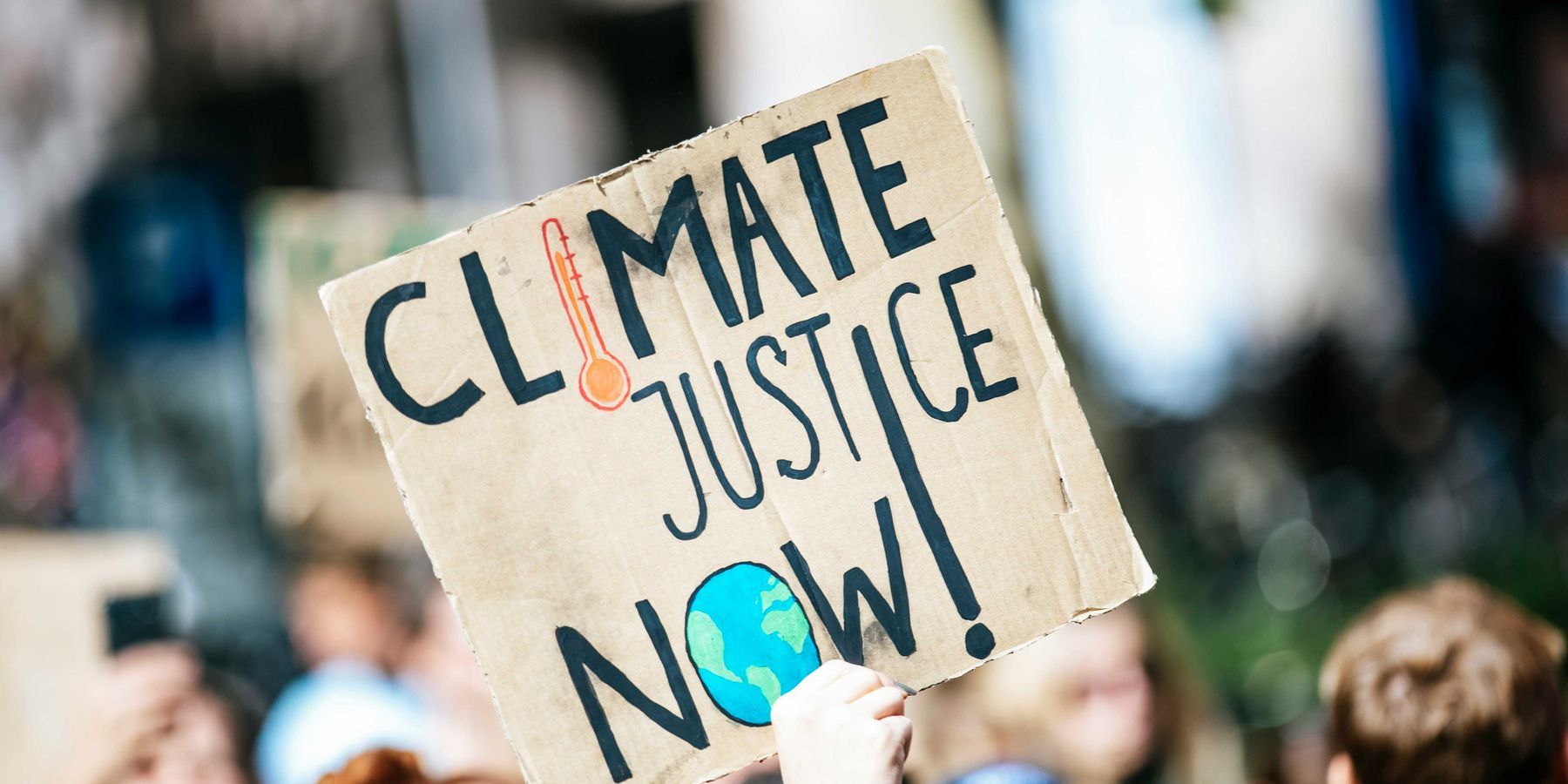Canada's oil sands emit more air pollutants than previously reported
A new study reveals that Canada's tar sands operations emit air pollutants at levels significantly higher than previously estimated, posing a serious environmental and health concern.
Nicholas Kusnetz reports for Inside Climate News.
In short:
- The study, published in Science, used aircraft measurements to find organic carbon emissions from Canada's tar sands are 20 to 64 times higher than reported by companies.
- These emissions include compounds contributing to hazardous air pollution and particulate matter that can travel long distances, affecting air quality far beyond the immediate area.
- The findings highlight a critical underestimation of pollution levels, raising concerns about the health impacts on local and distant communities.
Key quote:
"The absolute magnitude of those emissions were a lot higher than what we expected."
— John Liggio, research scientist, Environment and Climate Change Canada
Why this matters:
This revelation underscores the often-underestimated environmental impact of oil sands operations, directly affecting air quality and health outcomes. It also raises significant questions about current regulatory practices and the need for more accurate pollution monitoring, resonating with broader environmental and health concerns on a national scale.
Be sure to read about the Native tribes, hell-raisers and lawyers who have combined to battle pipeline projects.













